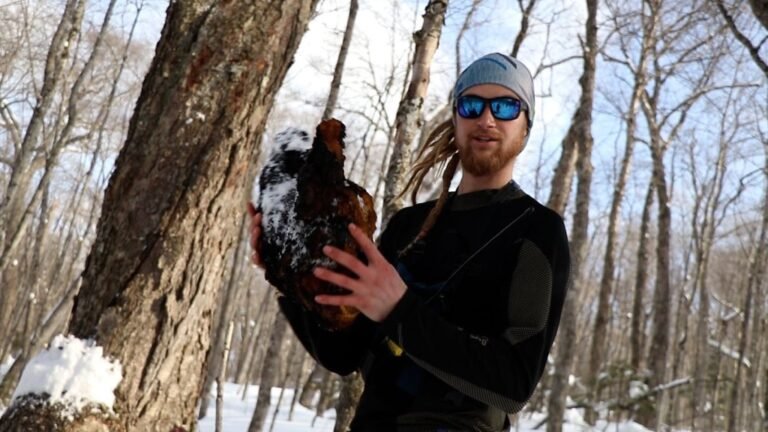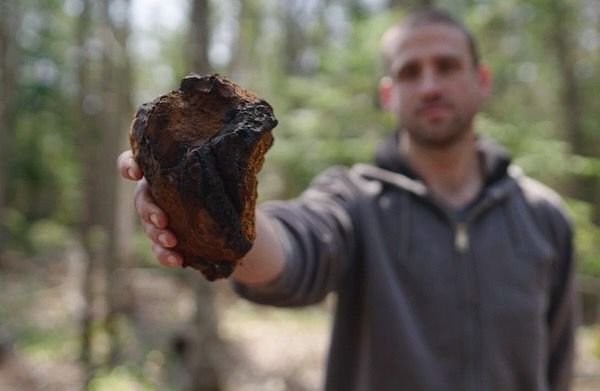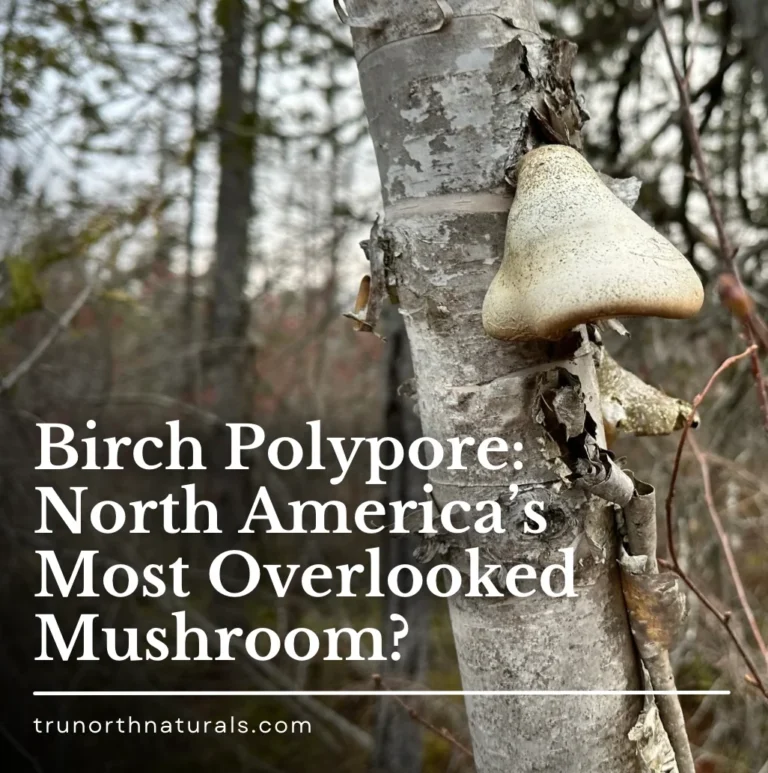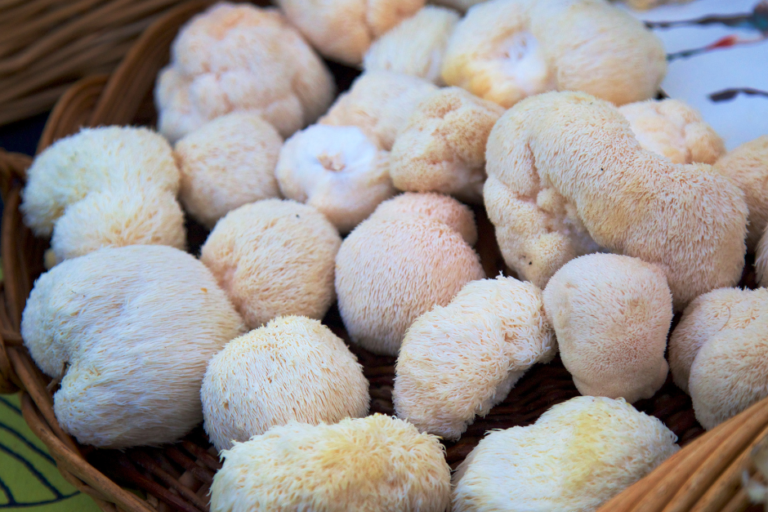At TruNorth Naturals, sustainability is at the heart of everything we do. Our commitment to nature goes beyond simply harvesting mushrooms; it involves a comprehensive approach that blends traditional wisdom, advanced data collection, and strategic partnerships. We believe that by practicing mindful harvesting and promoting responsible forest management, we can preserve the natural resources we rely on for future generations. Here’s how we’re ensuring the sustainability of Chaga and other fungi in the forests of Canada.
Advanced Data Collection for Responsible Harvesting
Our harvesters use state-of-the-art data collection software to document and manage every step of the harvesting process. This software is designed to track a variety of crucial factors, ensuring each harvest is conducted responsibly and sustainably.
- Geotagging and Identifying Species: Each harvested mushroom is geotagged, recording its exact location with GPS coordinates. Harvesters note the species of the mushroom and the host tree, which helps us monitor not only the growth patterns of the fungi but also the health of the ecosystem.
- Weighing Harvested and Remaining Materials: Harvesters log the weight of Chaga removed from each tree and estimate the amount left behind. By tracking these numbers, we ensure that we’re leaving enough fungi for the area to naturally replenish.
- Before-and-After Photo Documentation: Photos taken before and after each harvest capture our commitment to responsible foraging. These visual records serve as proof that we are leaving a portion of the fungi behind and following our strict guidelines for sustainable harvesting.
Our GIS Analyst, a sustainability-focused forest data specialist, analyzes this data to create carefully planned harvest routes and to identify areas that need rest periods. This analysis is crucial for our long-term goal of returning to the same locations after 3-7 years, allowing the fungi time to regenerate and the ecosystem to remain balanced.
Practicing Responsible Harvesting: Leaving Enough for Nature
To further protect the forest ecosystem, TruNorth Naturals follows strict harvesting guidelines:
- Leaving 20% or More of Each Conk: We make a point to leave at least 20% of each Chaga conk intact, allowing it to continue growing and sustaining the forest around it. This practice ensures that the fungi can regrow and be available for future harvests.
- Protecting Younger, Smaller Conks: We avoid harvesting conks that weigh 1 pound or less. These smaller specimens are left untouched, giving them time to mature and strengthen their presence in the ecosystem.
By leaving a portion behind, we’re able to return to the same areas every few years. This regenerative harvesting approach not only allows TruNorth to sustain our business responsibly but also supports other forest users by maintaining a healthy fungal population in these ecosystems.
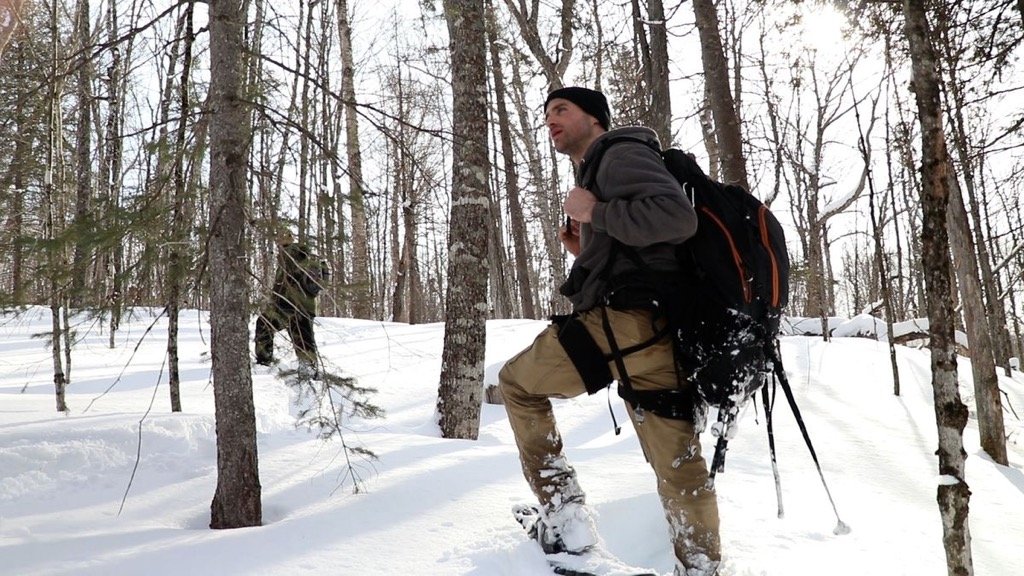
Collaborating with Forest Management Companies for Sustainable Practices
Our commitment to sustainability goes beyond our immediate harvest. TruNorth Naturals actively collaborates with forest management companies to advocate for sustainable practices and address an industry-wide practice that often overlooks the importance of fungi.
In Canada, the forestry industry often classifies trees hosting fungi as “diseased” and removes them to prevent potential spore spread that could affect lumber quality. Unfortunately, this practice leads to the removal of valuable trees hosting Chaga, disregarding their medicinal properties. We believe these fungi should be harvested and utilized for their medicinal value, allowing the host trees to remain standing and regenerate this valuable resource.
Through our network and partnerships with forest management companies, we’re working to change this perception. To date we’ve helped to protect close to 1,000,000 acres of crown forest in Northern Ontario and there’s much more to accomplish. Our goal is to promote the ecological, cultural and economic benefits of these fungi, convincing more companies in the industry to view them as a valuable resource rather than a detriment to logging operations.
Learn more about the updated forest management plans to leave chaga hosting yellow birch trees standing here.
Working with Local Foresters to Prioritize Fungal Collection
Timing is essential in our approach to sustainable harvesting. To maximize our efforts and minimize resource waste, we coordinate closely with local foresters and private landowners to stay informed about upcoming logging activities. By knowing in advance where logging operations are planned, we can prioritize areas for fungal collection and ensure that valuable Chaga and other fungi are harvested before trees are removed.
This collaboration allows us to access areas slated for logging, collect fungi before they’re wasted, and align our harvest routes with forest management plans. Our proactive planning helps us stay ahead of logging operations, protecting valuable fungi and preserving forest ecosystems before they’re altered.
Embracing Sustainable Practices for Future Generations
At TruNorth Naturals, we believe that our responsibility extends far beyond today’s harvest. Our regenerative harvesting practices, strict data collection methods, and strategic collaborations with the forestry industry ensure that we’re preserving the forest’s biodiversity for future generations. By leaving each area with enough fungi to regenerate naturally, we’re not only supporting the health of the forest but also guaranteeing that our harvests—and the livelihoods of future harvesters—are sustainable.
Our dedication to sustainability isn’t just a business strategy; it’s a commitment to the forests we depend on and the people we serve. We’re proud to lead by example in the industry, setting a new standard for sustainable fungi harvesting practices across Canada.
With every step we take, TruNorth Naturals is working to make a positive impact on the environment, advocating for responsible harvesting, and promoting a healthier relationship with nature. Join us on this journey to protect our forests and make the most of the natural resources they have to offer—today and for generations to come.


